As the theory goes, following are the 2 cases of op-amp operation:
- If there is a valid -ve feedback, inverting terminal volt = non inverting terminal voltage
- If there is no -ve feedback, o/p acts like a comparator and its output will be saturated to either +VCC or VSS
Original question: Why does the below op-amp circuit output not getting into saturation (+Vcc or VSS) even though it is open-loop?
In the above diagram V(VCC)=10V and I don't see any straight-forward feedback path, but the o/p is settled to 9V instead of 10V. Do i need to dig further on the op-amp model to resolve this?
Edit: LT1001 opamp datasheet
Add on question: How can we confirm whether the op-amp has -ve feedback?
In the below circuit, the simulation results show op-amp is in linear mode of operation (V+=V-).
How do I prove the below circuit has -ve feedback?
The red path indicates a potential path from o/p to -ve input terminal. But since V- is permanently tied to GND thru R18- i dont see any -ve feedback action coming into play.
The blue path indicates possible -ve feedback action. If output increases, the gate voltage of M2 increases, current increases, R5 voltage becomes more -ve -> eventually bringing the output lower.
Is this analysis correct?

